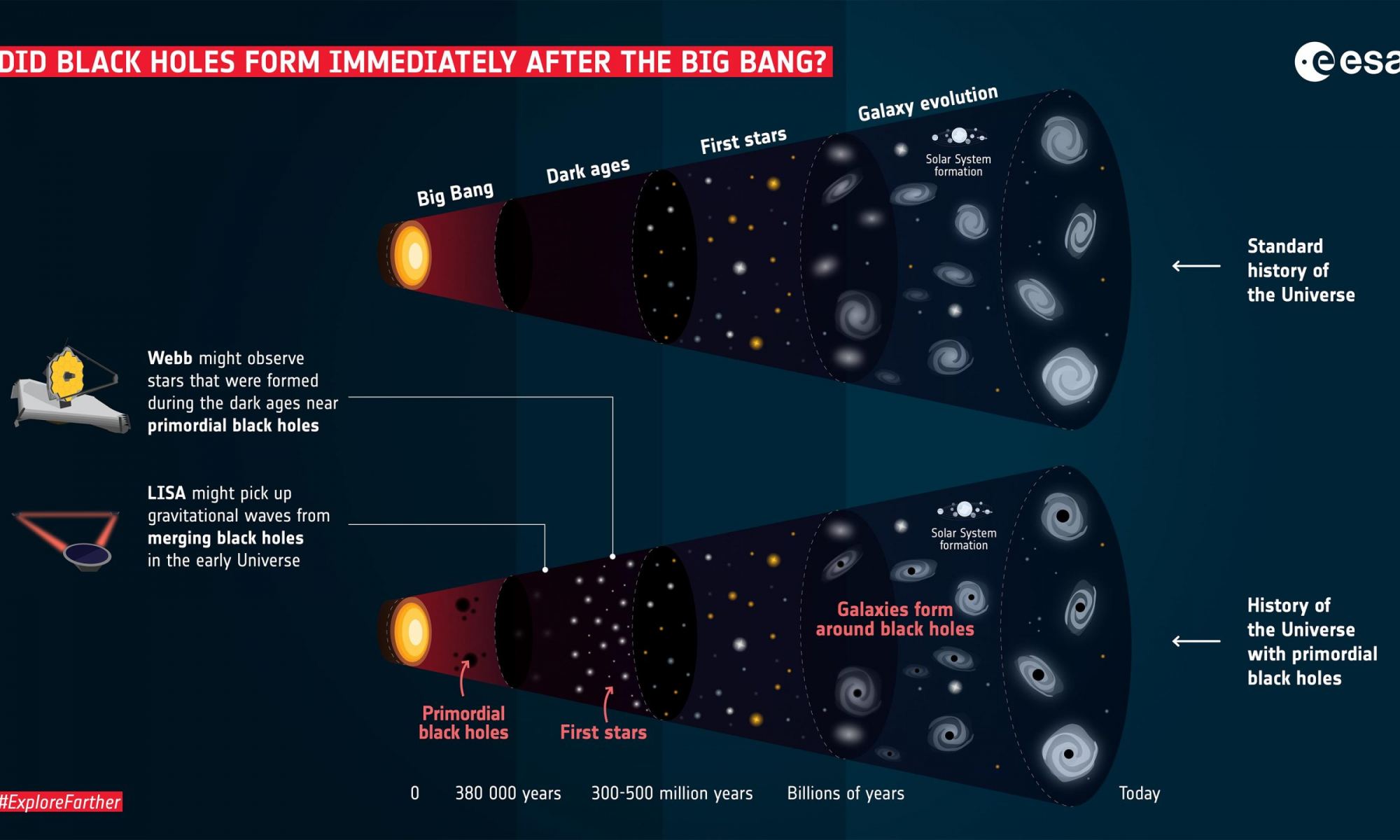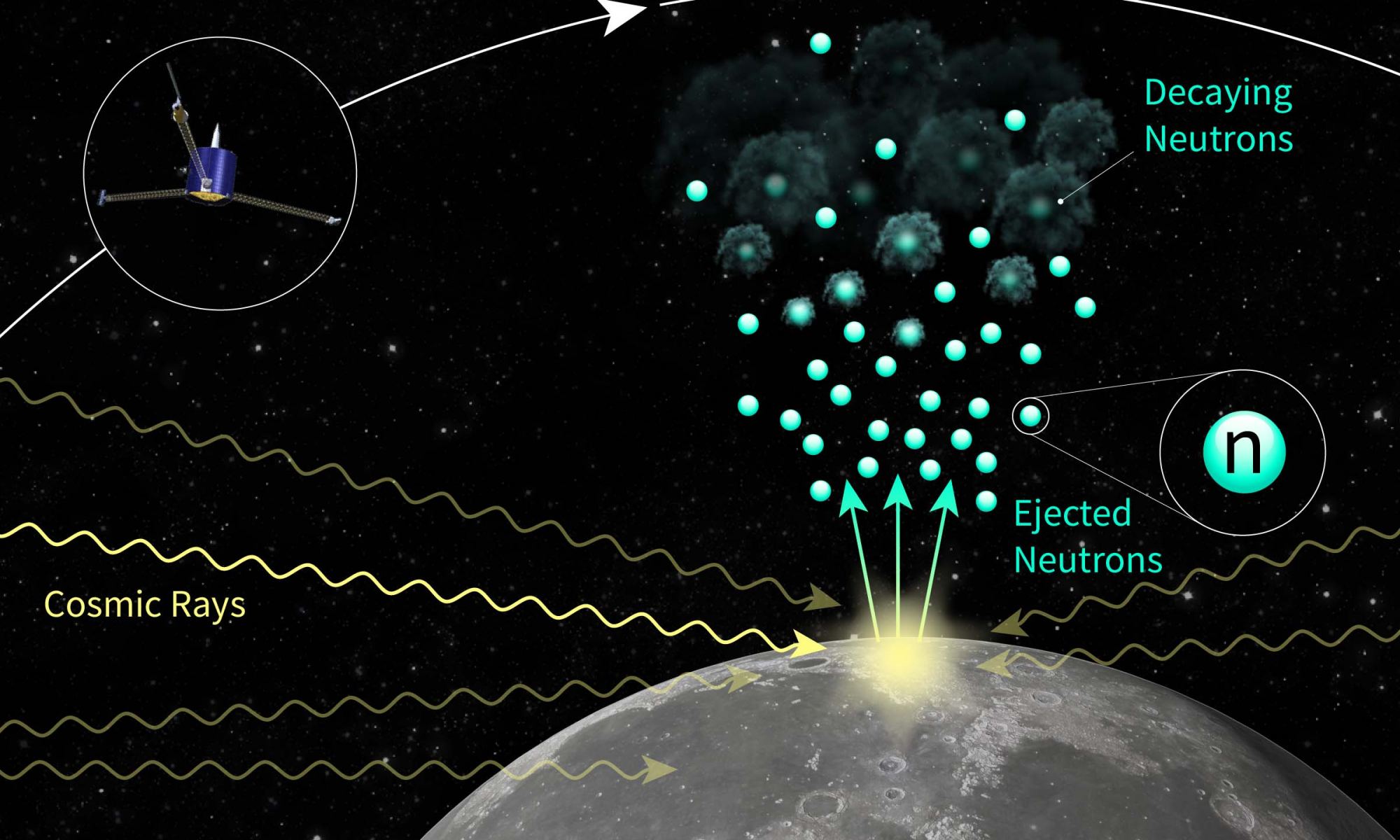With the rapid expansion of commercial space, there is a growing number of satellites in orbit around our planet. Most of these are in low-Earth orbit, which is becoming increasingly crowded. This has led some to be concerned about a catastrophic rise of space debris, as well as a growing frustration by astronomers due to the number of satellite sky trails.
Continue reading “20% of Twilight Observations Contain Satellite Passes”The Milky Way’s Most Recent Meal was a Galaxy it Gobbled up 8-10 Billion Years ago
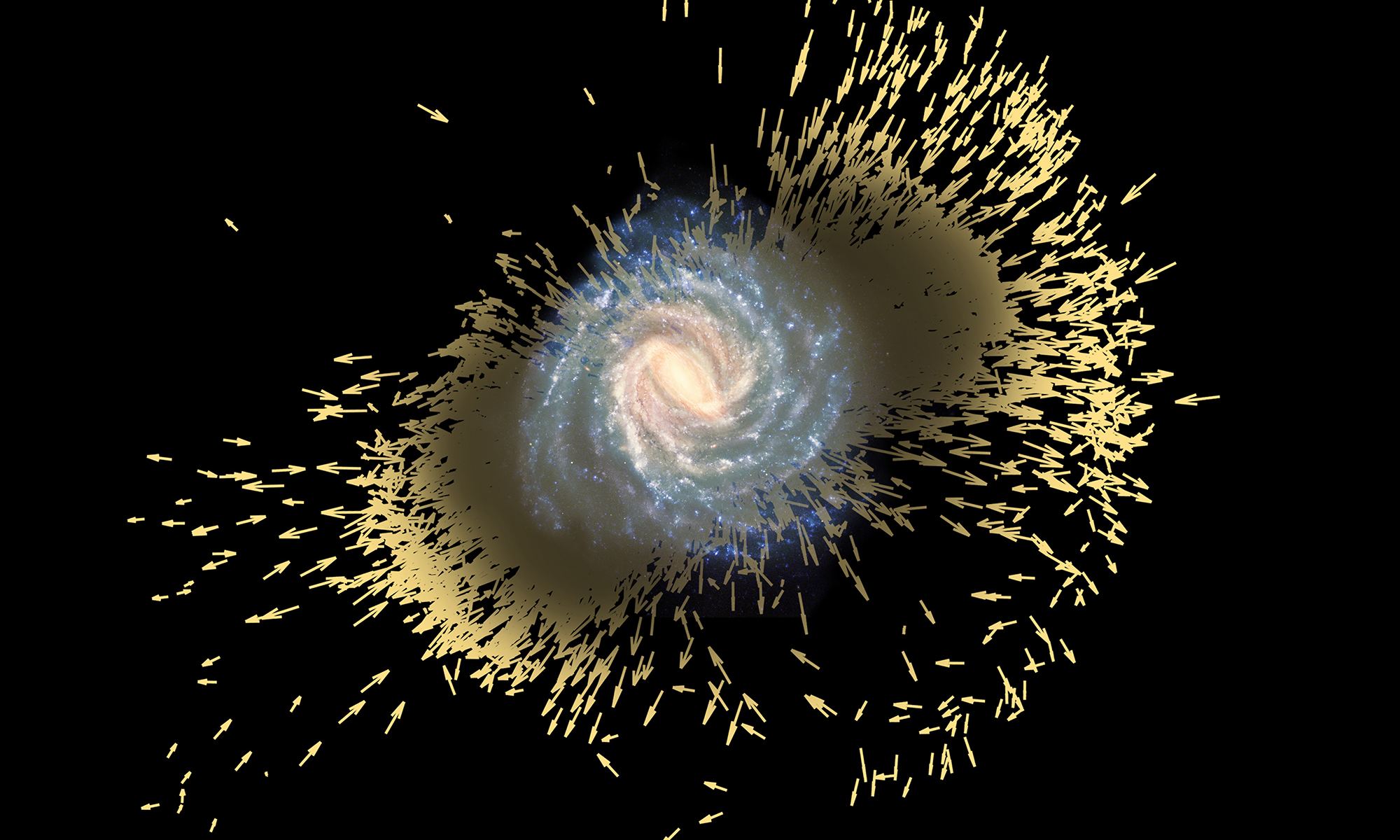
A central aspect of galactic evolution is that they must eat or be eaten. Dark energy strives to push galaxies apart, but gravity tries to pull them together. As a result, galaxies tend to form into local groups. As these superclusters of galaxies become more isolated due to cosmic expansion, they gravitationally turn on each other, and in time the largest galaxies of the group will consume the smaller ones. The Milky Way is one of the larger galaxies in our local group, and so it has consumed smaller galaxies in the past. But piecing together the history of these galactic meals is a real challenge.
Continue reading “The Milky Way’s Most Recent Meal was a Galaxy it Gobbled up 8-10 Billion Years ago”Why don’t Green Comets Have Green Tails?

Green is an unusual color in astronomy. It is the color to which our eyes are most sensitive, and yet few things in the night sky actually appear green. There are, for example, no green stars, only yellow-white, red, and blue ones. But there can be green comets, and we are still learning why.
Continue reading “Why don’t Green Comets Have Green Tails?”If you had Radio Telescopes for Eyes, one of the Biggest Things in the sky Would be a jet of Material Blasting out of a Nearby Galaxy

One concept that’s difficult to visualize is the apparent size of objects in the sky. No the actual size of an object, but rather the amount of area an object covers in the sky. Apparent size depends on an object’s actual size and its distance from us. For example, the Sun is about 400 times wider than the Moon, but also about 400 times more distant, so the Sun and Moon have roughly the same apparent size.
Continue reading “If you had Radio Telescopes for Eyes, one of the Biggest Things in the sky Would be a jet of Material Blasting out of a Nearby Galaxy”Primordial Black Holes Could Explain Dark Matter and the Growth of Supermassive Black Holes at the Same Time
It’s that time again. Time to look at a possible model to explain dark matter. In this case, a perennial favorite known as primordial black holes. Black holes have long been proposed as the source of dark matter. In many ways, they are the perfect candidate because they only interact with light and matter gravitationally. But stellar-mass black holes have been ruled out observationally. There simply aren’t enough of them to account for dark matter.
Continue reading “Primordial Black Holes Could Explain Dark Matter and the Growth of Supermassive Black Holes at the Same Time”Forget That Planet That Orbits Every 16 Hours. That’s so Last Week. Now Astronomers Have Found a Metal Planet That Orbits its Star EVERY 8 HOURS
Most exoplanets are found using a technique known as the transit method, where the exoplanet passes in front of its star, causing the star to dim slightly. It takes several transits to confirm an exoplanet, so it’s not surprising that most known exoplanets have a fairly short orbital period. Months or days rather than years. There’s also an observational bias in that most known stars are red dwarfs, so it’s usually not surprising that we’ve found yet another exoplanet closely orbiting a red dwarf star. But sometimes what we find is so extreme, it really is surprising.
Continue reading “Forget That Planet That Orbits Every 16 Hours. That’s so Last Week. Now Astronomers Have Found a Metal Planet That Orbits its Star EVERY 8 HOURS”Maybe “Boson Clouds” Could Explain Dark Matter
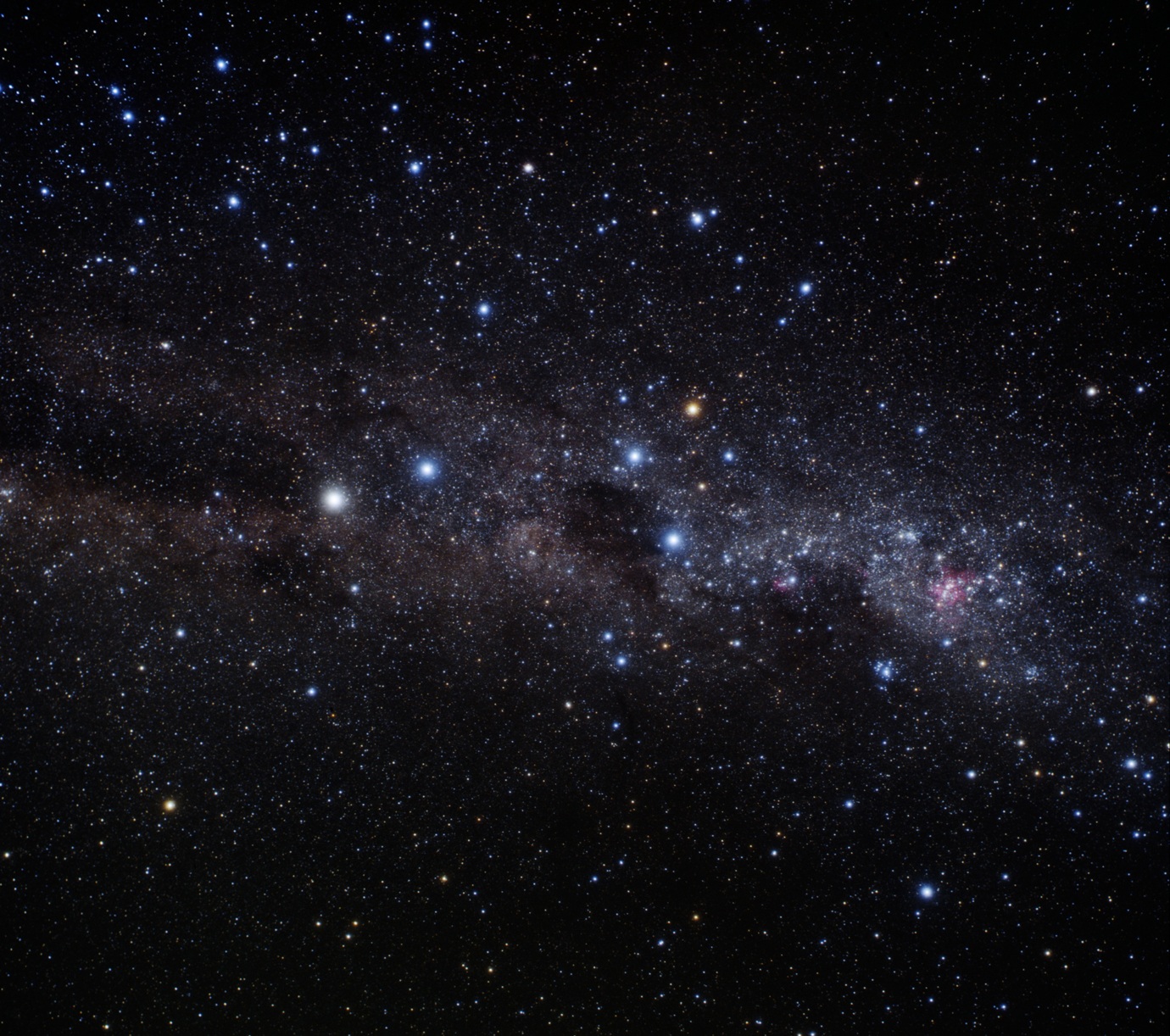
The nature of dark matter continues to perplex astronomers. As the search for dark matter particles continues to turn up nothing, it’s tempting to throw out the dark matter model altogether, but indirect evidence for the stuff continues to be strong. So what is it? One team has an idea, and they’ve published the results of their first search.
Continue reading “Maybe “Boson Clouds” Could Explain Dark Matter”Stars Getting Kicked out of the Milky Way can Help us map its Dark Matter Halo

Dark matter is notoriously difficult to study. It’s essentially invisible to astronomers since it can’t be seen directly. So astronomers rely on effects such as the gravitational lensing of light to map its presence in the universe. That method works well for other galaxies, but not so well for our own. To map dark matter in the Milky Way, we rely mostly on the motions of stars in our galaxy. Since dark matter attracts regular matter gravitationally, the method works well for areas of the galaxy where there are stars. Unfortunately, most of the stars lie along the galactic plane, making it difficult to map dark matter above and below that plane. But a recent study proposes a way to map more of our galaxy’s dark matter using runaway stars.
Continue reading “Stars Getting Kicked out of the Milky Way can Help us map its Dark Matter Halo”An Absolutely Bonkers Plan to Give Mars an Artificial Magnetosphere
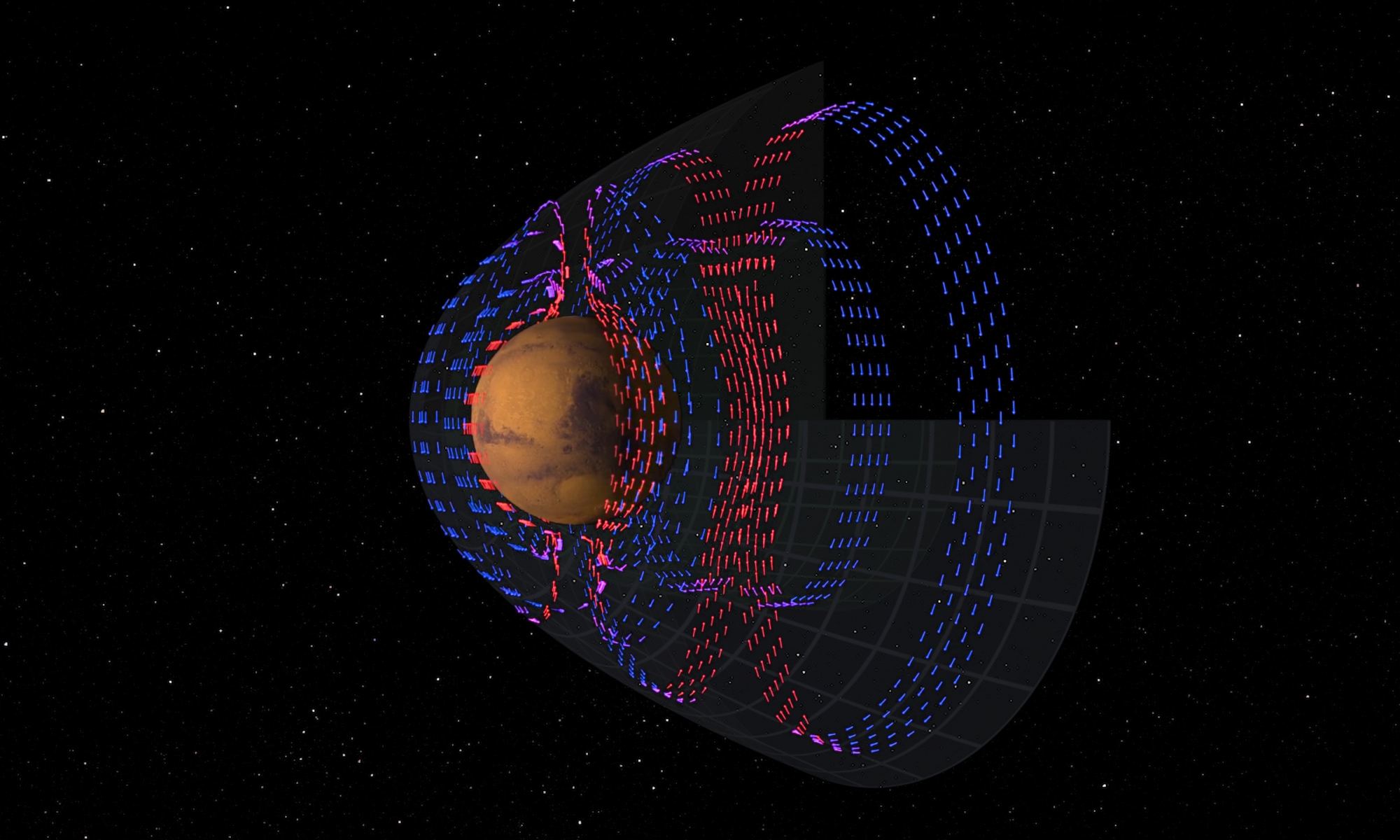
Terraforming Mars is one of the great dreams of humanity. Mars has a lot going for it. Its day is about the same length as Earth’s, it has plenty of frozen water just under its surface, and it likely could be given a reasonably breathable atmosphere in time. But one of the things it lacks is a strong magnetic field. So if we want to make Mars a second Earth, we’ll have to give it an artificial one.
Continue reading “An Absolutely Bonkers Plan to Give Mars an Artificial Magnetosphere”Understanding the Early Universe Depends on Estimating the Lifespan of Neutrons
When we look into the night sky, we see the universe as it once was. We know that in the past the universe was once warmer and denser than it is now. When we look deep enough into the sky, we see the microwave remnant of the big bang known as the cosmic microwave background. That marks the limit of what we can see. It marks the extent of the observable universe from our vantage point.
Continue reading “Understanding the Early Universe Depends on Estimating the Lifespan of Neutrons”

